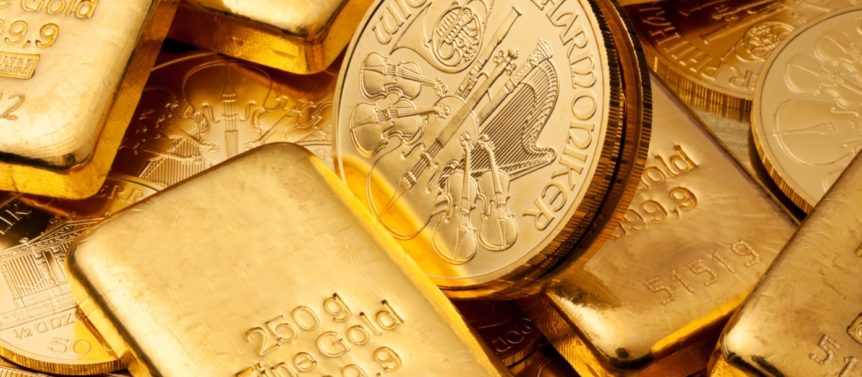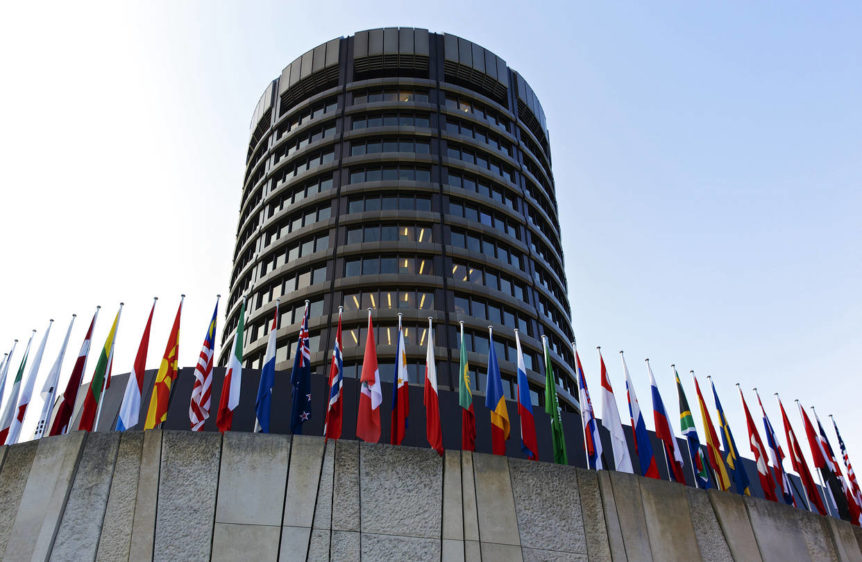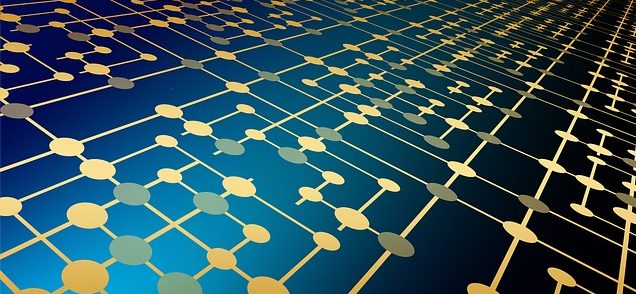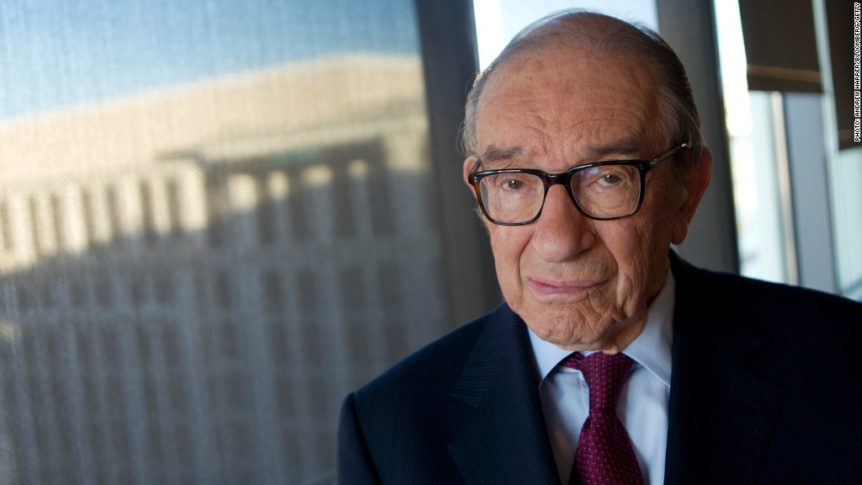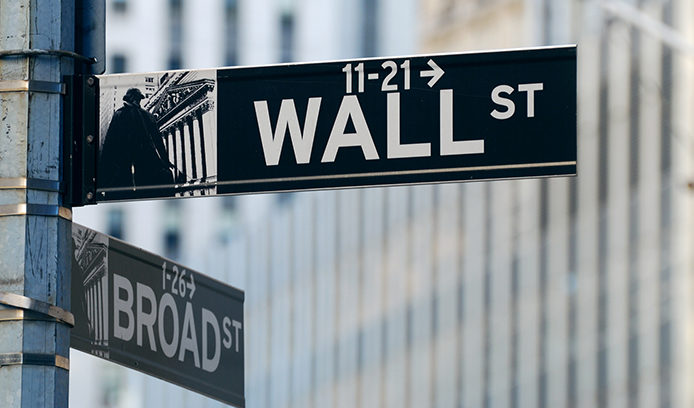The financial world is changing at a pace that is mind boggling. The problem for those living in the West is – the change is occurring well outside of the “global financial capital of the world,” which we naively consider to be New York City. Nope. It’s happening in of all places – Africa.
To claim that Africa is in any way on par with New York City when it comes to finance is considered laughable by most. That is because we have become quite arrogant regarding the dominant position in finance that Western banking has attained over the past 70 years. That era however, is coming to an end.
Something interesting happened on the way to the bank.
A financial technological revolution was born. Now, countries like Kenya are ground zero for innovation. With a lack of legacy infrastructure to hold them back, FinTech adoption has flourished. M-Pesa is a revolutionary payment methodology that allows peer-to-peer payments using just your cell phone.
A recent article entitled, “IOT Meets DLT and Blockchain meets M-Pesa in Africa,” highlighted the massive social change that FinTech is bringing to Africa and beyond.
“M-Pesa completed its 10th anniversary this month. It is the firm that revolutionised financial services by providing a simple way of transferring money, and has crossed 30 Million users across 10 African nations (only 10). But the impact it has created has already highlighted it as a model to be used for the emerging world. In 2016, according to Vodafone, M-Pesa was used in six billion transactions. Research by Digital Frontiers found a 22% drop in female-headed households living in poverty in areas with access to M-Pesa. The same study noted that the source of income for almost 200,000 women in rural areas shifted from the low-income, labour intensive agricultural sector to more prosperous small business creation.”
This article reveals a very important trend that goes well beyond technology in finance. People are awakening to how financial and monetary reform can help their fellow human beings. By simply providing access to financial services, such as a payment system on a phone, the lives of millions are being transformed.
What happens when the money and monetary systems that make up the value exchanged on those systems is dramatically improved?
The cat is out of the bag. The genie has been let out of the bottle. Use whatever metaphor you want. People are learning by the hundreds of millions that we can do better – a lot better – when it comes to defining what money is and who has access to it.
Gold and silver will always play a role in the global monetary system. They cannot be separated from it. It is largely irrelevant whether they become money themselves again and are freely traded via a cell phone app, or if they are used as a check and balance against abuse of future monetary systems. The fact that they will play an important role is cast in stone by 5000 years of history. It might be a good idea to own some.

